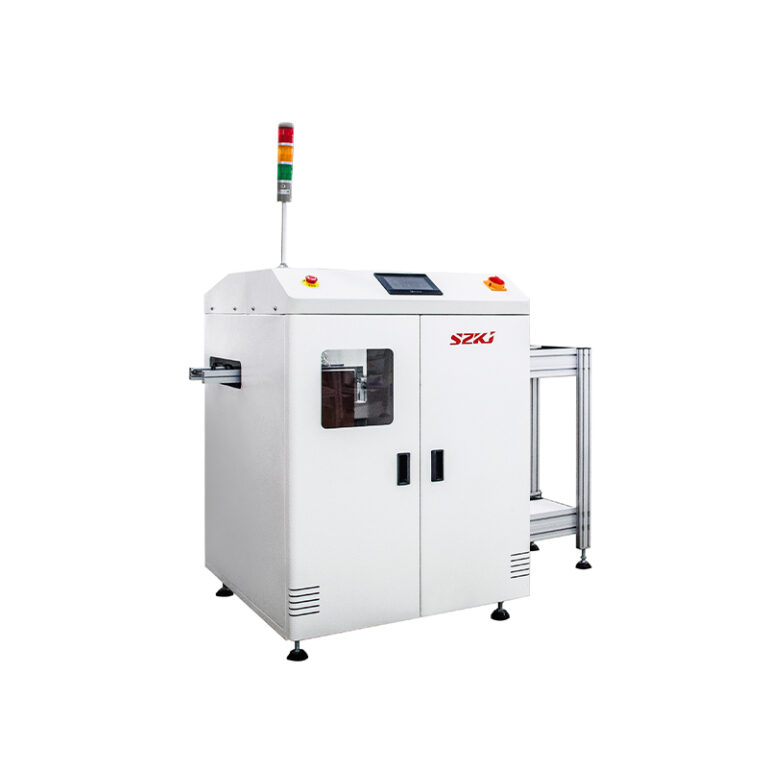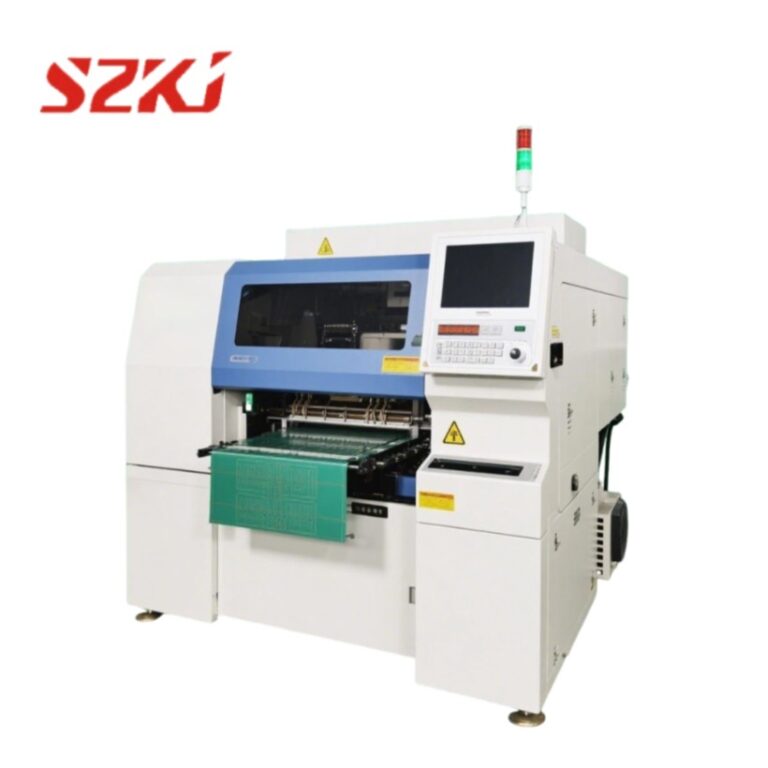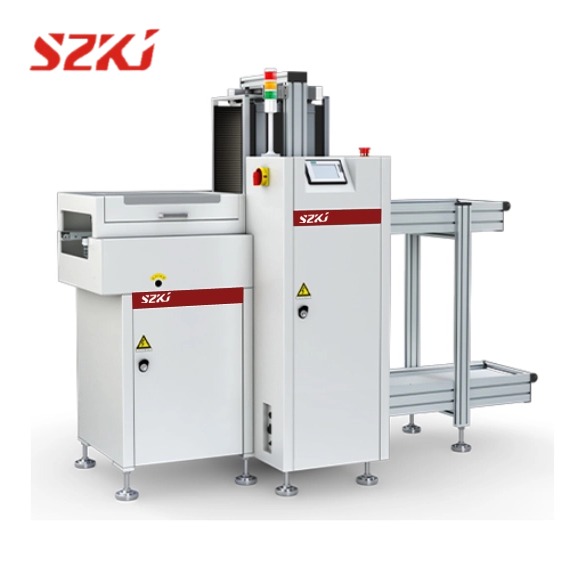Table of Contents
ToggleThe surface mount technology (SMT) industry is entering a new phase of innovation as manufacturers demand higher efficiency and precision. For businesses that supply small SMT line equipment—such as conveyors, loaders, and auxiliary systems—understanding these trends is crucial. In 2025, the focus is not only on the core machines like reflow ovens and pick-and-place systems but also on the supporting equipment that ensures a seamless production flow.
Evolving Needs in SMT Line Equipment
A modern SMT line is no longer just about high-speed placement. It relies on a network of auxiliary devices that handle PCBs before and after key processes. Equipment such as PCB loaders, unloaders, inspection conveyors, and buffer systems play a vital role in maintaining throughput and preventing bottlenecks.
Industry data shows that over 40% of SMT production delays are caused by inefficient board handling between core machines. This highlights the importance of upgrading smaller equipment to match the speed and precision of mainline systems.
Key Trends Shaping SMT Line Equipment in 2025
1. Integration of Smart Features in Small Devices
Supporting equipment is becoming smarter to keep up with fully automated SMT lines. Features like real-time monitoring, IoT connectivity, and automated fault detection are increasingly integrated even in compact devices.
- Real-time Alerts: Small conveyors and loaders now feature sensors to detect PCB jams or misalignment instantly.
- Remote Diagnostics: IoT-enabled SMT line equipment allows operators to monitor status and troubleshoot remotely, reducing downtime by up to 15%.
This level of intelligence, once reserved for large machinery, is now expected across the entire line.
2. Compact Designs for Space-Constrained Production Floors
As PCB designs grow more complex, SMT manufacturers are under pressure to maximize floor space. Smaller factories, especially in urban areas, demand equipment with:
- Modular designs for easy reconfiguration.
- Reduced footprints without sacrificing functionality.
- Adjustable heights and widths to handle multiple board sizes efficiently.
Data from a 2024 industry survey showed that 65% of small and mid-sized SMT facilities are actively seeking compact auxiliary machines to optimize their layouts.
3. Enhanced Compatibility Between Equipment Types
In 2025, compatibility is a major purchasing factor. Clients expect their small SMT line equipment to seamlessly integrate with major brands of reflow ovens, AOI systems, and pick-and-place machines.
To address this, manufacturers are focusing on:
- Standardized Communication Protocols: Ensuring smooth data flow across different equipment.
- Flexible PCB Handling: Devices that accommodate various PCB thicknesses and dimensions without manual adjustment.
- Quick Setup Times: Reducing changeover times to under 5 minutesfor high-mix, low-volume production.
Challenges and Opportunities for Small Equipment Suppliers
Addressing Rising Customer Expectations
End-users now demand auxiliary SMT line equipment that matches the speed and reliability of larger systems. For example:
- A high-speed loader must synchronize with a pick-and-place machine running at 50,000 CPHwithout causing feeding errors.
- Buffers must handle sudden line stoppages to avoid board damage or production loss.
Meeting these demands opens opportunities for suppliers to position their products as critical to overall line efficiency.
Differentiation Through Quality and Service
With competition increasing, suppliers of small SMT line equipment can stand out by:
- Providing robust build quality to minimize maintenance needs.
- Offering customization options for niche production environments.
- Backing products with strong after-sales support and spare parts availability.
Why These Trends Matter to Smaller Equipment Manufacturers
Auxiliary devices are no longer considered “secondary.” Their role in preventing downtime and optimizing workflow has made them essential investments for SMT production. Suppliers who align their products with these trends will not only meet current demand but also gain a competitive edge as factories modernize.
Conclusion
The evolution of SMT line equipment in 2025 places equal importance on core machines and the smaller systems that support them. For suppliers focusing on compact conveyors, loaders, and related devices, integrating smart features, ensuring compatibility, and optimizing designs for space efficiency are critical. These trends represent an opportunity to deliver solutions that keep pace with advanced production lines while meeting the practical needs of small and mid-sized facilities.





